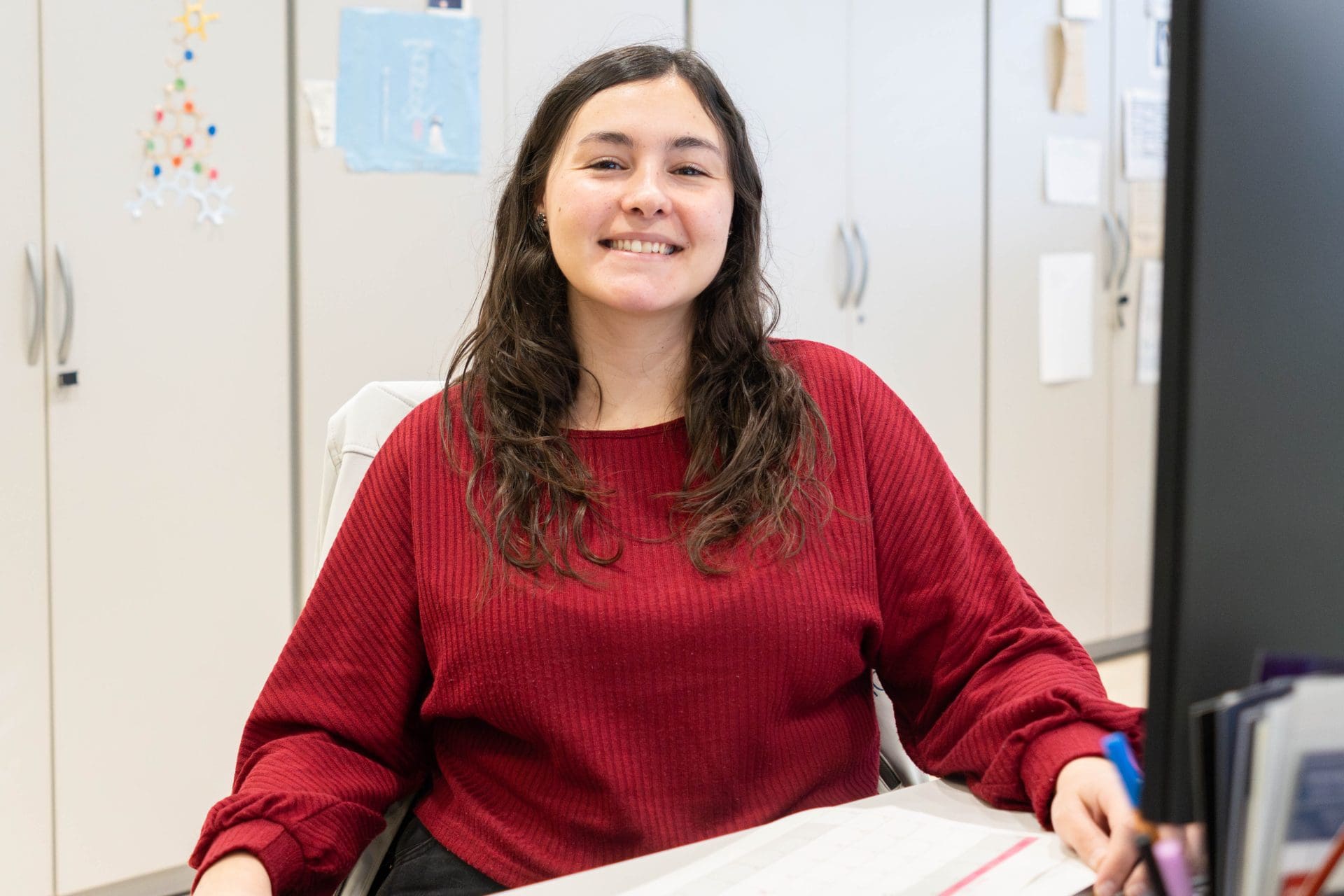
 07/03/2025
07/03/2025
 11:00 h
11:00 h
 ICIQ Library
ICIQ Library
- Lecturer: Marina Díaz Ruiz
- Supervisor: Prof. Feliu Maseras
Bridging the Gap Between Homogeneous Catalysis and Organic Electrosynthesis
Abstract
Organic electrosynthesis has gained significant attention in chemistry due to its numerous advantages, including high yields, excellent selectivities and the ability to achieve unprecedented reactivity. These processes, however, are inherently complex, as they typically involve both homogeneous and heterogeneous electron transfer steps, making their study particularly challenging.
In this Doctoral Thesis, we explored two distinct transition-metal-catalyzed electrochemical transformations: C–N coupling using iodine as a redox mediator, and C–C reductive coupling facilitated by an overcharge protector to avoid catalyst degradation. For both reactions, we employed DFT calculations to successfully characterize the homogeneous processes occurring in solution as well as the heterogeneous electrodic reactions. Subsequently, we conducted microkinetic simulations that explicitly incorporated key experimental variables such as applied potential and current intensity, modeled through the energy barriers of the electrodic reactions. The simulated results demonstrated strong agreement with experimental data.
The research work presented in this Thesis provides a systematic computational framework for studying electrosynthetic reactions at the microscopic level, while also offering valuable mechanistic insights into these complex processes.
If you would like to follow this PhD thesis defense on zoom, please, register here.
Other events

Let's create a brighter future
Join our team to work with renowned researchers, tackle groundbreaking
projects and contribute to meaningful scientific advancements




















